Home>Garden Essentials>What Do Coleus Seeds Look Like
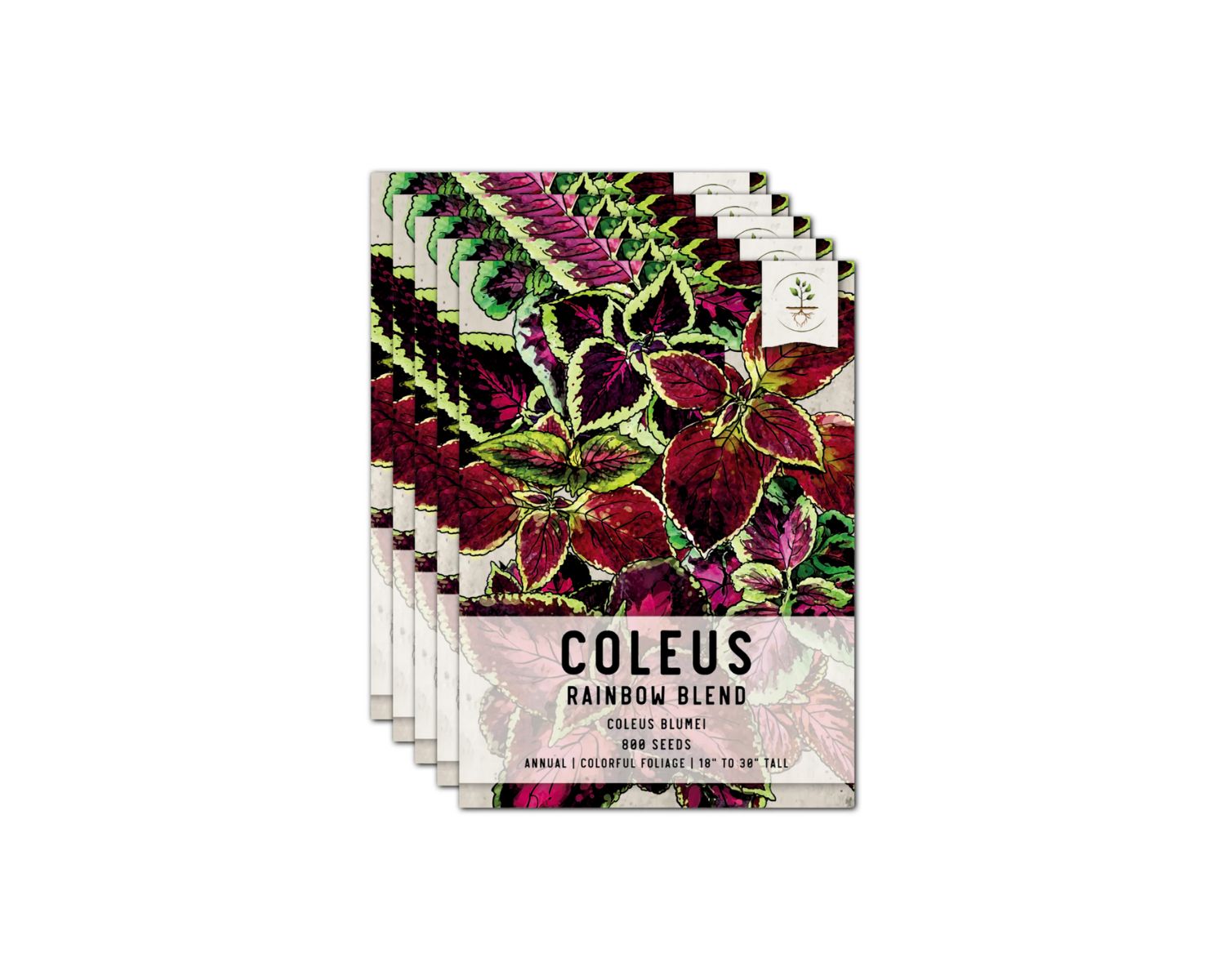

Garden Essentials
What Do Coleus Seeds Look Like
Modified: March 24, 2024
Discover what coleus seeds look like and how they can enhance your garden. Explore the colorful world of coleus varieties and start growing your dream garden today!
(Many of the links in this article redirect to a specific reviewed product. Your purchase of these products through affiliate links helps to generate commission for Storables.com, at no extra cost. Learn more)
Introduction:
Welcome to the fascinating world of gardening! If you have recently embarked on your gardening journey or are simply curious about different plant species, you may have come across the term “coleus seeds.” But what exactly are coleus seeds, and what do they look like?
Coleus plants, scientifically known as Solenostemon scutellarioides, are popular among garden enthusiasts for their beautifully colored and patterned leaves. These vibrant plants are native to tropical regions and are loved for their ability to add a pop of color to any garden or indoor space.
However, before these stunning coleus plants can grace your garden, they begin their journey as seeds. Coleus seeds are an essential part of the plant’s life cycle and hold the potential for beautiful foliage and vibrant hues. Understanding the characteristics of coleus seeds is crucial for successful cultivation and propagation.
In this article, we will explore the world of coleus seeds, discussing their colors and patterns, size and shape, texture and surface, as well as how to germinate, harvest, and store them effectively. Let’s dive in and unravel the mysteries of coleus seeds!
Key Takeaways:
- Coleus seeds come in a variety of vibrant colors and patterns, making them visually captivating. Their small size and flat oval shape make them easy to handle and sow, offering endless possibilities for designing your garden.
- Harvesting and storing coleus seeds allows for future propagation and sharing with fellow gardeners. Understanding the lifecycle of coleus plants, from germination to growth, adds to the rewarding experience of gardening.
Read more: What Do Alfalfa Seeds Look Like
Characteristics of Coleus Seeds:
Before we delve into the appearance of coleus seeds, let’s first understand their overall characteristics. Coleus seeds are relatively small in size and are typically flat and oval-shaped. They have a hard outer shell that protects the embryo inside, ensuring its viability and protection from external factors.
One of the unique features of coleus seeds is their adaptability to various environments and growing conditions. These seeds exhibit great diversity in terms of colors and patterns, making each variety of coleus plant unique and visually appealing.
Now, let’s take a closer look at the specific characteristics of coleus seeds:
- Colors and Patterns: Coleus seeds come in a wide range of colors and patterns. Some seeds have single colors, such as green, while others feature intricate patterns with different combinations of colors, including red, purple, yellow, and orange. The patterns can be mottled, striped, or bordered, adding to the visual interest of the seeds.
- Size and Shape: The size of coleus seeds can vary, but they are generally small, measuring about 1-2mm in diameter. As for shape, coleus seeds often have a flat oval shape, resembling tiny beads. These characteristics make them easy to handle and sow.
- Texture and Surface: The texture of coleus seeds is smooth and firm. The surface of the seed can be slightly glossy or matte, depending on the specific variety. The smooth texture aids in easy dispersal during germination.
The diverse colors, patterns, sizes, and shapes of coleus seeds make them visually captivating and allow for endless possibilities when it comes to designing your garden.
Now that we have explored the characteristics of coleus seeds, let’s move on to the exciting process of germinating and growing them into beautiful coleus plants!
Colors and Patterns:
Coleus seeds are a feast for the eyes due to their wide array of colors and patterns. These vibrant characteristics make them highly sought after among gardeners and plant enthusiasts.
When it comes to colors, coleus seeds come in a diverse range. You’ll find seeds in stunning shades of green, purple, red, yellow, and even orange. Each color variation adds a unique charm to the overall appearance of the plant.
But it’s not just about the solid colors. What truly sets coleus seeds apart are the intricate patterns that adorn them. These patterns can be mottled, striped, bordered, or even speckled, creating a mesmerizing visual effect.
Some coleus seeds showcase variegated patterns, where different colors are streaked or splotched on the surface, adding depth and complexity to their appearance. These variegated coleus plants can be particularly captivating when they reach maturity.
The patterns on coleus seeds may be symmetrical or asymmetrical, depending on the specific variety. Symmetrical patterns create a sense of balance and harmony, while asymmetrical patterns add a touch of uniqueness and visual interest.
The combination of vibrant colors and intricate patterns on coleus seeds allows for endless possibilities when it comes to designing your garden. You can create striking color schemes by choosing seeds with contrasting or complementary colors, or you can opt for a more harmonious look by selecting seeds with similar hues.
Regardless of the color and pattern you choose, coleus plants are sure to make a bold and eye-catching statement in any garden, patio, or indoor space.
Now that we have explored the captivating colors and patterns of coleus seeds, let’s move on to their size and shape.
Size and Shape:
Coleus seeds may be small, but they pack a punch when it comes to their unique size and shape. Understanding the characteristics of coleus seeds in terms of size and shape is essential for effective handling and sowing.
Generally, coleus seeds are small in size, ranging from 1 to 2 millimeters in diameter. Despite their small stature, these seeds contain all the genetic information necessary for a beautiful coleus plant to grow and flourish.
In terms of shape, coleus seeds are typically flat and oval-shaped, resembling tiny beads. This shape allows for easy handling and sowing, as they can be easily held between your fingertips or placed precisely in the soil.
The flat shape of the seeds also plays a role in their dispersal. When the seed pod opens or is disturbed, the seeds disperse and settle on the ground or in surrounding areas. The flat shape aids in their bouncy movement, allowing them to travel a short distance away from the parent plant.
While most coleus seeds have a flat and oval shape, there may be slight variations among different varieties. Some seeds might have a more rounded shape, while others may appear slightly elongated. These subtle differences in shape add to the overall charm and uniqueness of the coleus seeds.
Considering the small size and unique shape of coleus seeds, it is crucial to handle them with care during sowing. By gently placing them in the soil and providing the right growing conditions, you can ensure that these tiny seeds grow into beautiful coleus plants.
Now that we have explored the size and shape of coleus seeds, let’s dive into the next characteristic: their texture and surface.
Coleus seeds are small and round, with a hard outer shell. They can vary in color from dark brown to black. When planting, make sure to sow the seeds just below the soil surface for best results.
Texture and Surface:
The texture and surface of coleus seeds play an important role in their overall appearance and functionality. Understanding these characteristics is key to successful germination and cultivation.
Coleus seeds have a smooth and firm texture. When you hold them in your hand, you’ll notice a sleekness to their surface. This smooth texture helps the seeds glide easily through the soil during germination, making it easier for the young seedlings to emerge.
The surface of coleus seeds can vary slightly depending on the specific variety. Some seeds may have a slightly glossy surface, while others may have a matte finish. These differences in surface shine add visual interest and variety when observing the seeds up close.
Additionally, the smooth texture and firmness of coleus seeds contribute to their durability. The hard outer shell of the seed protects the embryo inside, ensuring its safety and viability as it waits for the right conditions to germinate.
When handling coleus seeds, it’s important to be gentle to avoid damaging their delicate surface. By treating the seeds with care and providing them with optimal growing conditions, you’ll increase the chances of successful germination and healthy plant growth.
Now that we’ve explored the texture and surface of coleus seeds, it’s time to move on to the fascinating process of germination and growth.
Read more: What Do Garlic Seeds Look Like
Germination and Growth:
Germinating and growing coleus seeds can be a rewarding experience, allowing you to witness the transformation from a tiny seed to a thriving and vibrant plant. Understanding the process of germination and growth is key to successfully cultivating coleus from seeds.
Germination is the process where a seed begins to sprout and develop into a seedling. For coleus seeds to germinate, they require a combination of moisture, warmth, and light. Depending on the variety, germination typically takes around 7 to 14 days.
To germinate coleus seeds, start by filling a tray or seedling container with a well-draining potting mix. Place the seeds on the surface of the soil, gently pressing them in, but avoiding burying them too deep. Moisten the soil evenly and cover the tray or container with a plastic dome or plastic wrap to create a humid environment.
It’s essential to place the tray in a warm location with indirect light or under grow lights. Maintain the moisture in the soil by misting it regularly and ensuring it doesn’t dry out completely. Within a couple of weeks, you’ll start to see the small seedlings emerge from the soil.
As the seedlings grow, ensure they receive adequate light to promote healthy growth. Gradually remove the plastic covering to expose them to fresh air and prevent excessive humidity. You can transplant the seedlings into individual pots or into your garden when they have developed a few sets of true leaves.
Coleus plants thrive in a warm and humid environment. They prefer partial shade, as direct sunlight can scorch their delicate leaves. Regular watering and well-draining soil are essential to keep the plants hydrated without letting the roots sit in stagnant water.
With proper care and ideal growing conditions, coleus plants can reach a height of 1 to 3 feet and develop lush foliage. Regularly pinching back the tips of the stems can encourage bushier growth and prevent the plant from becoming leggy.
Enjoy the process of witnessing your coleus plants grow and display their vibrant colors and patterns. These stunning plants are not only visually appealing but also a great addition to gardens, borders, or container displays.
Now that we’ve explored the fascinating journey from germination to growth, let’s move on to harvesting and storing coleus seeds.
Harvesting and Storage:
Harvesting coleus seeds is an exciting part of the gardening process, as it allows you to collect seeds for future propagation and cultivation. Follow these steps to harvest and store coleus seeds effectively:
- Seed Maturity: To ensure that the seeds are mature and ready for harvest, you’ll need to observe the seed pods. Wait until the pods have turned brown and become dry on the plant. This indicates that the seeds are fully developed and ready for collection.
- Seed Collection: Once the seed pods have dried on the plant, carefully cut them off using clean garden shears or scissors. Place the pods in a paper bag or envelope to catch any seeds that might be released during the process.
- Seed Extraction: Open the dried seed pods and gently remove the small seeds. Take care not to damage or bruise them as you extract them from the pods. You can use your fingers or a pair of tweezers for this delicate process. Remove any debris or plant material from the collected seeds.
- Seed Storage: To maximize the viability of the seeds, it’s important to store them properly. Place the cleaned seeds in a dry and airtight container, such as a glass jar or a seed envelope. Store the container in a cool, dark, and dry location to maintain optimal conditions for seed preservation.
- Labeling: Don’t forget to label the container with the variety and harvest date of the seeds. This will help you keep track of the different coleus varieties and ensure you use the oldest seeds first.
Coleus seeds can remain viable for a few years if stored correctly. Regularly check stored seeds for any signs of moisture or mold, and discard any seeds that show signs of deterioration.
When it’s time to sow the stored coleus seeds, follow the same germination process mentioned earlier to kickstart their growth into beautiful coleus plants.
By harvesting and storing coleus seeds, you have the opportunity to continue growing these stunning plants and even share seeds with fellow gardeners, further spreading the beauty and diversity of coleus varieties.
Now that we’ve explored the process of harvesting and storing coleus seeds, let’s wrap up our journey into the world of these remarkable plants.
Conclusion:
Exploring the world of coleus seeds has given us a deeper understanding of the beauty and charm these tiny seeds possess. From their vibrant colors and intricate patterns to their small size, unique shape, and smooth texture, coleus seeds are truly a marvel of nature.
Understanding the characteristics of coleus seeds, such as their colors and patterns, size and shape, and texture and surface, allows us to appreciate the diversity and potential they hold. Whether you’re a seasoned gardener or just starting your gardening journey, coleus seeds offer endless possibilities for creating stunning displays in gardens, containers, or indoor spaces.
From the germination and growth process to the careful harvesting and storage of seeds, we have explored the lifecycle of coleus plants and how these seeds hold the key to their propagation and continuance. Collecting and storing coleus seeds not only allows us to continue cultivating these beautiful plants but also enables us to share their beauty with others.
So, as you embark on your gardening adventure, consider adding coleus seeds to your collection. Experiment with different color combinations, patterns, and varieties to create unique and captivating displays. With a little care and attention, the small coleus seeds can transform into lush and colorful plants that are sure to delight your senses.
Remember, gardening is a journey of discovery and growth, both for the plants and the gardener. Enjoy the process, embrace creativity, and let the beauty of coleus seeds bloom in your garden.
Happy gardening!
Frequently Asked Questions about What Do Coleus Seeds Look Like
Was this page helpful?
At Storables.com, we guarantee accurate and reliable information. Our content, validated by Expert Board Contributors, is crafted following stringent Editorial Policies. We're committed to providing you with well-researched, expert-backed insights for all your informational needs.
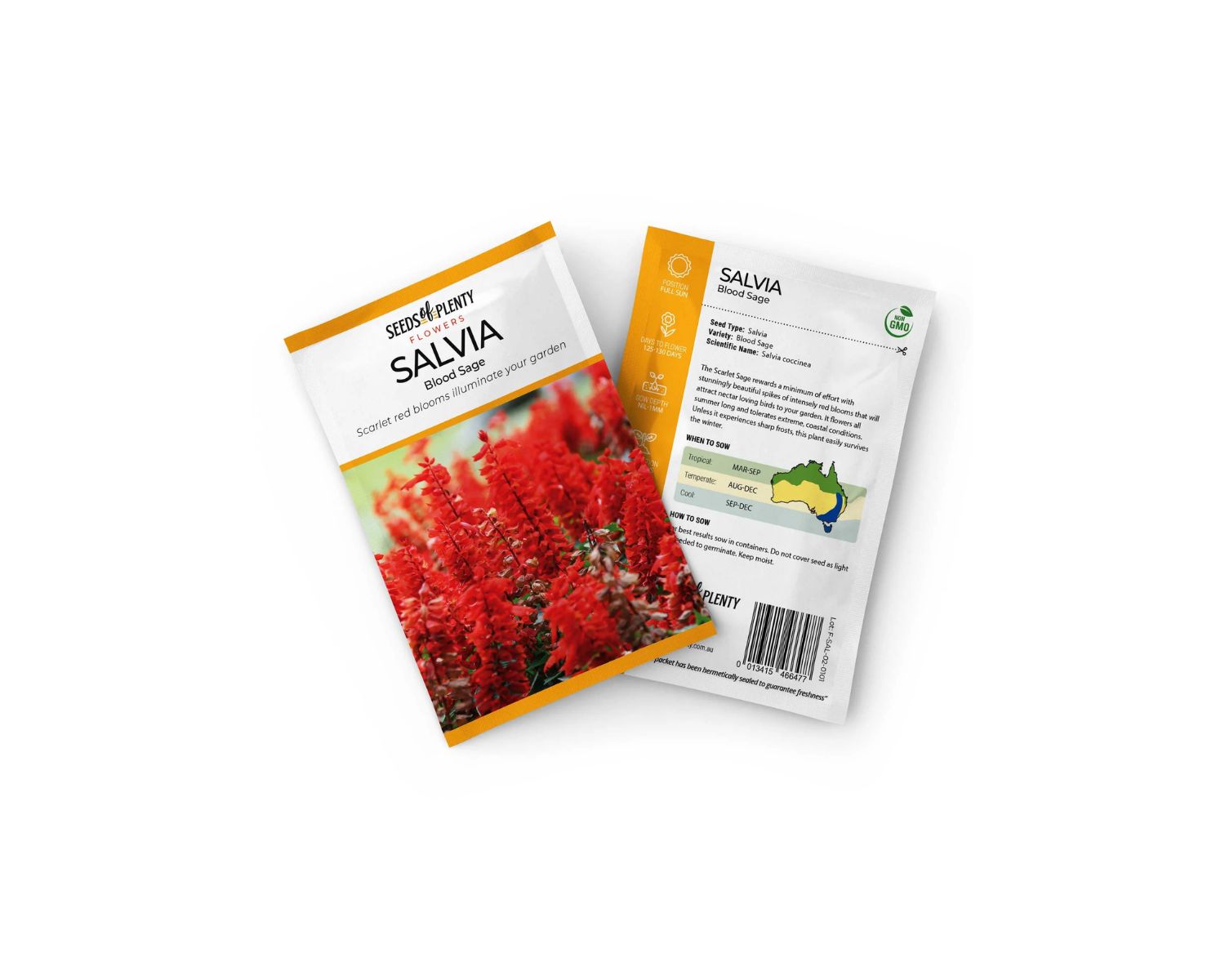
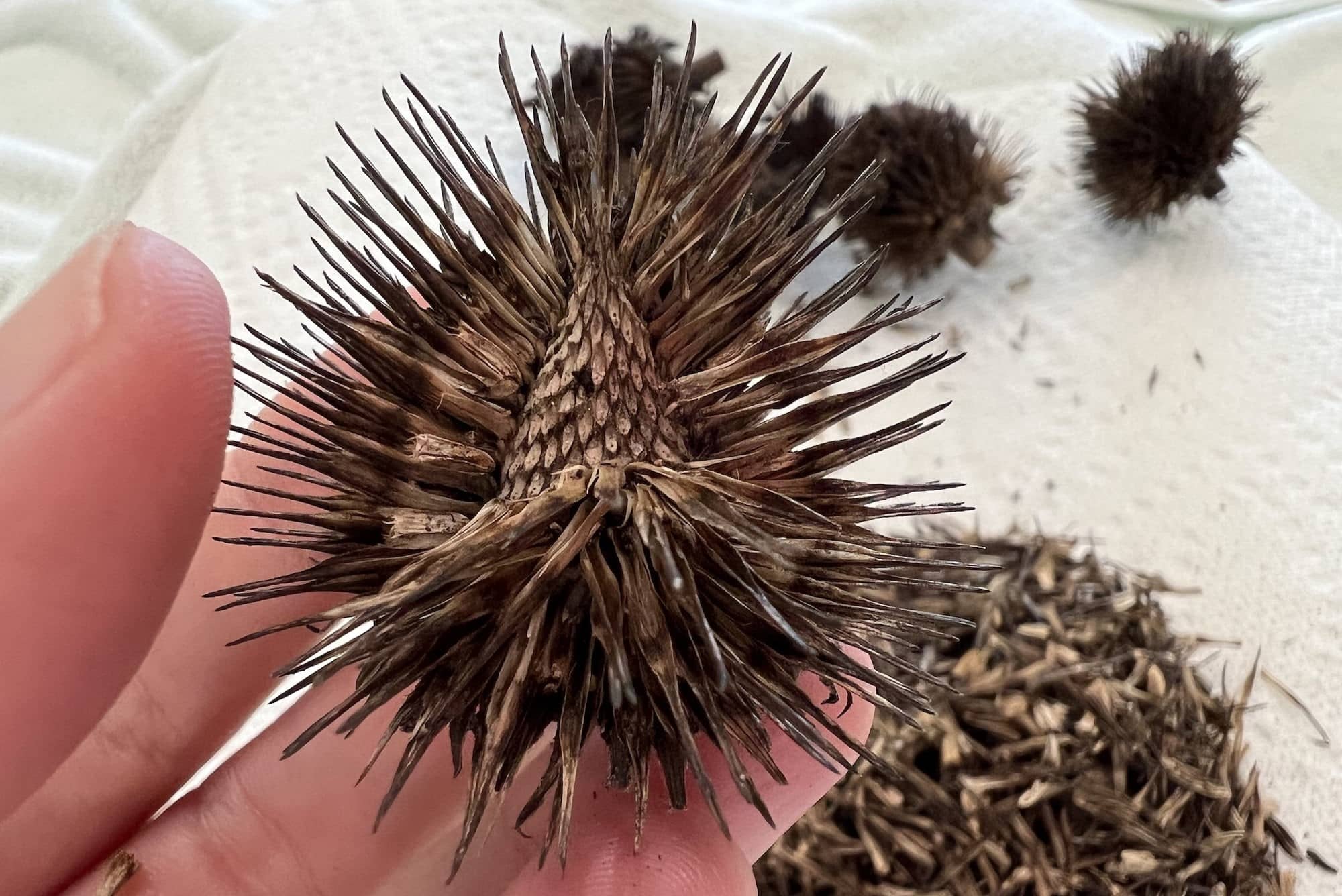
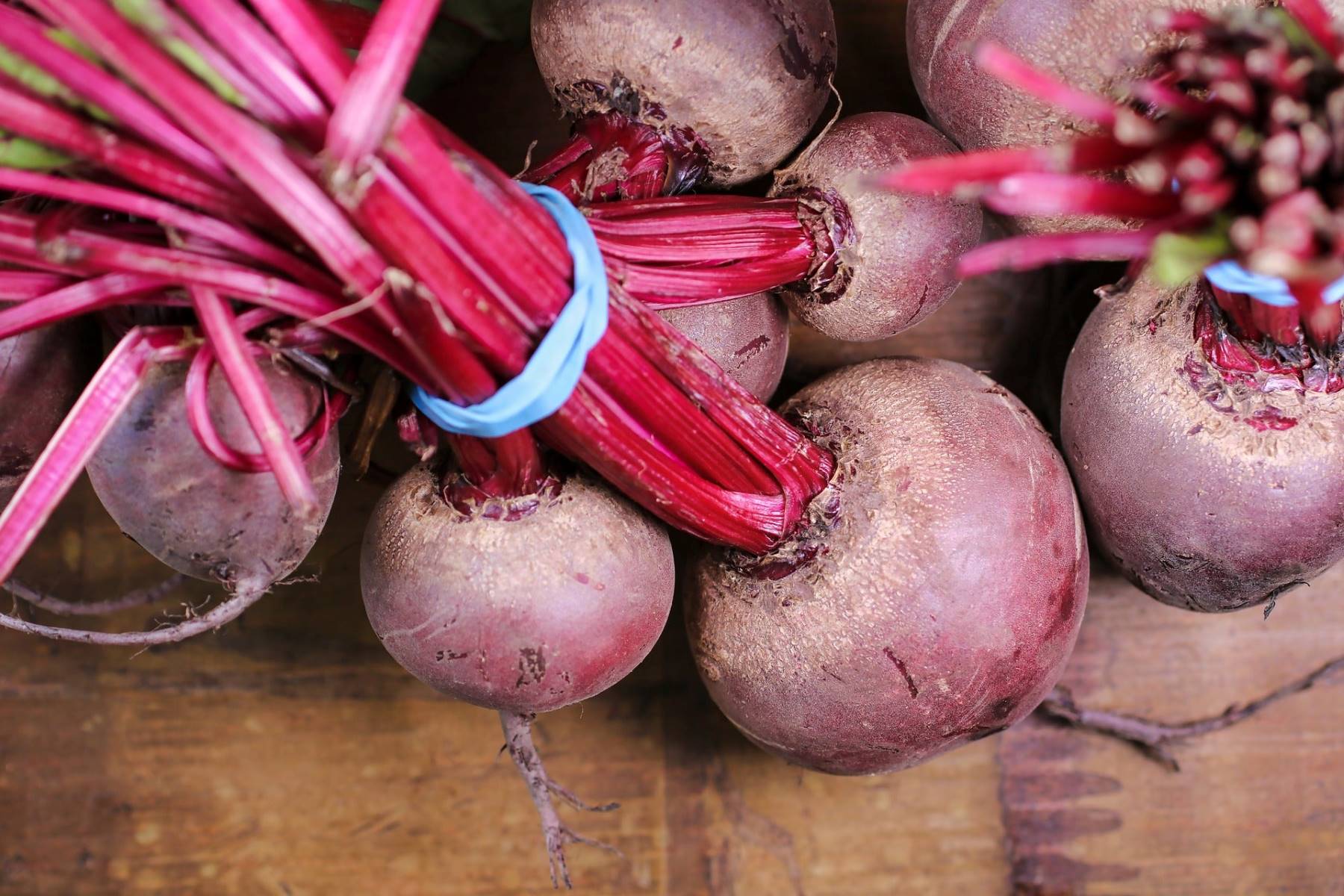
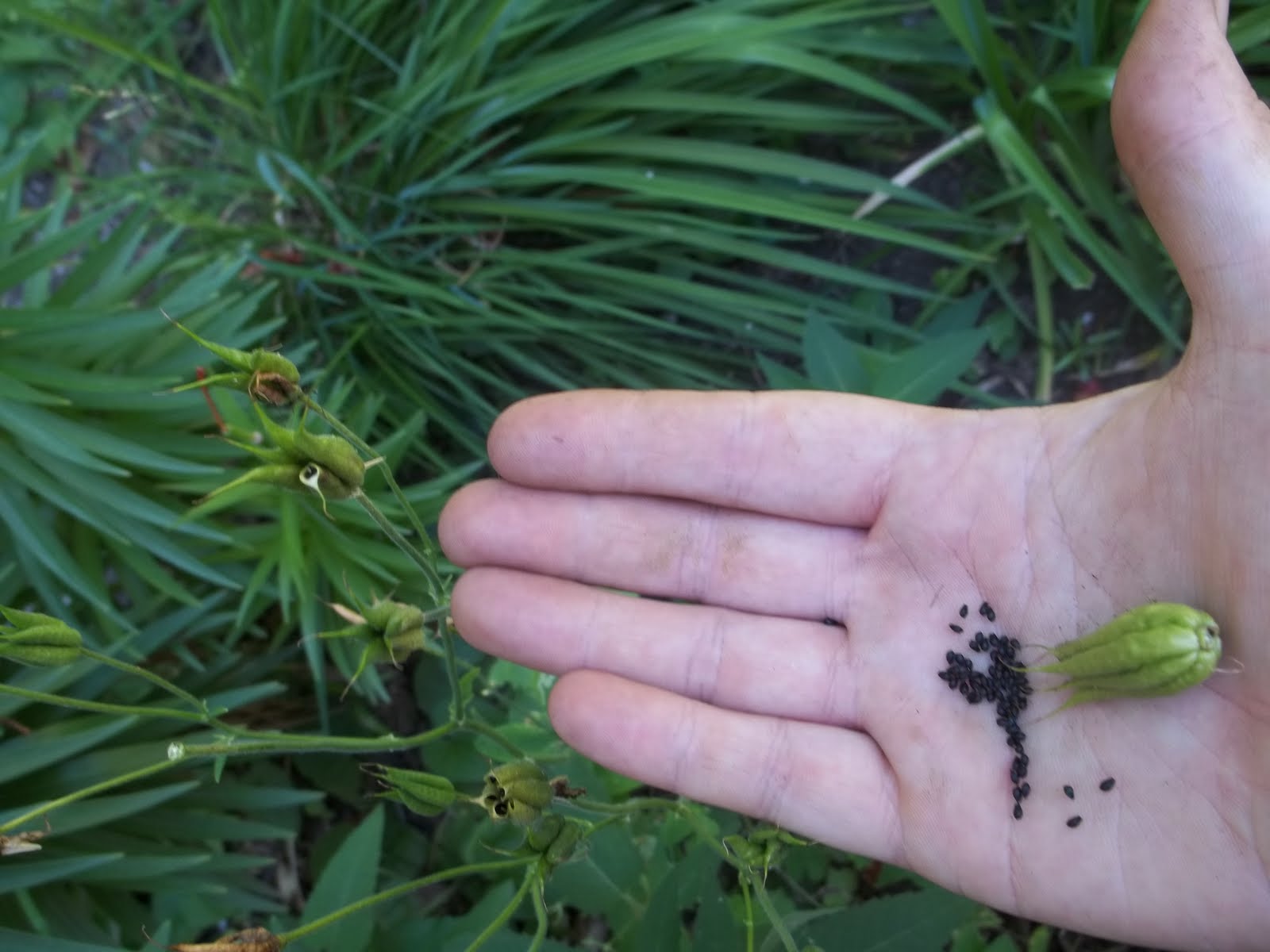
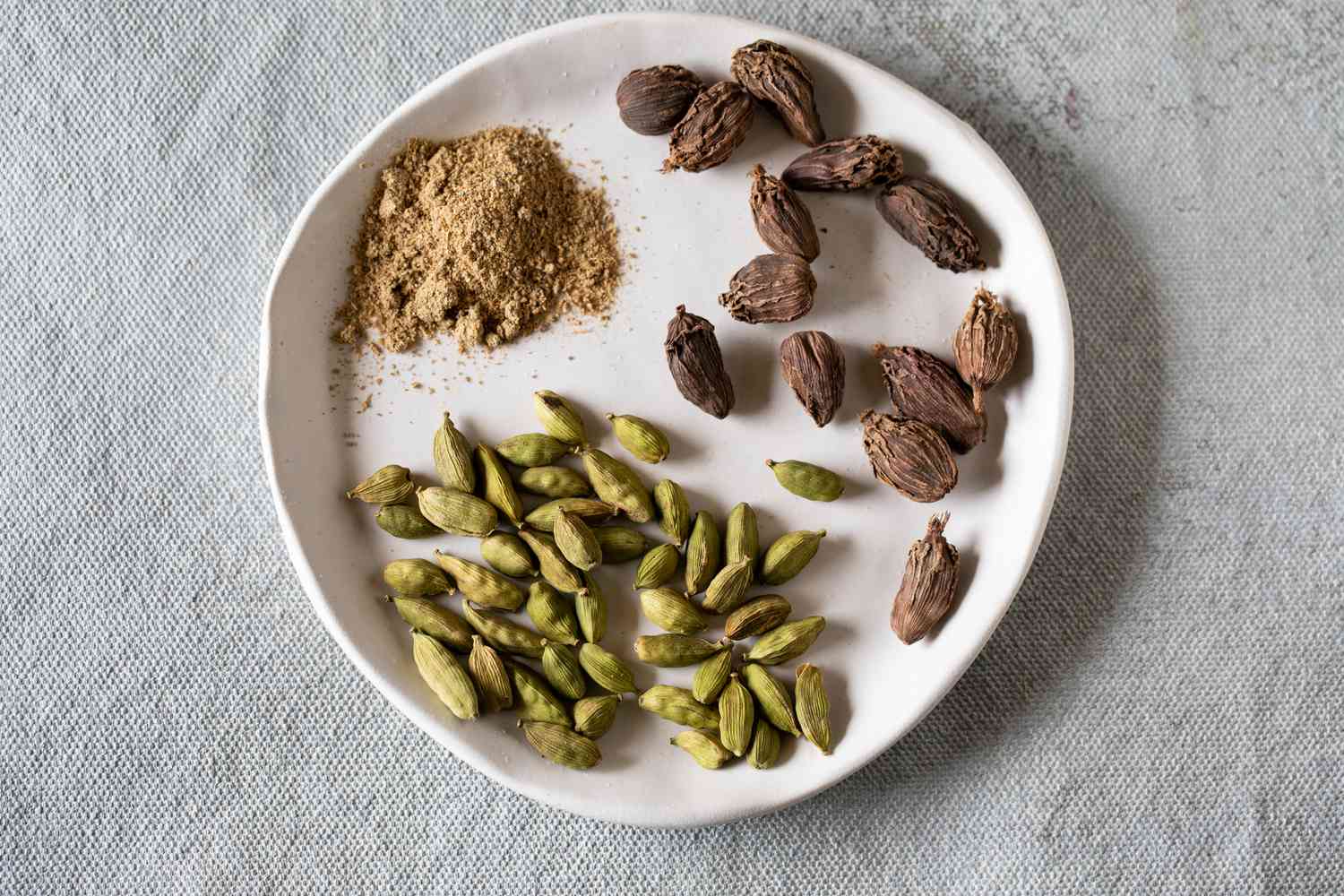
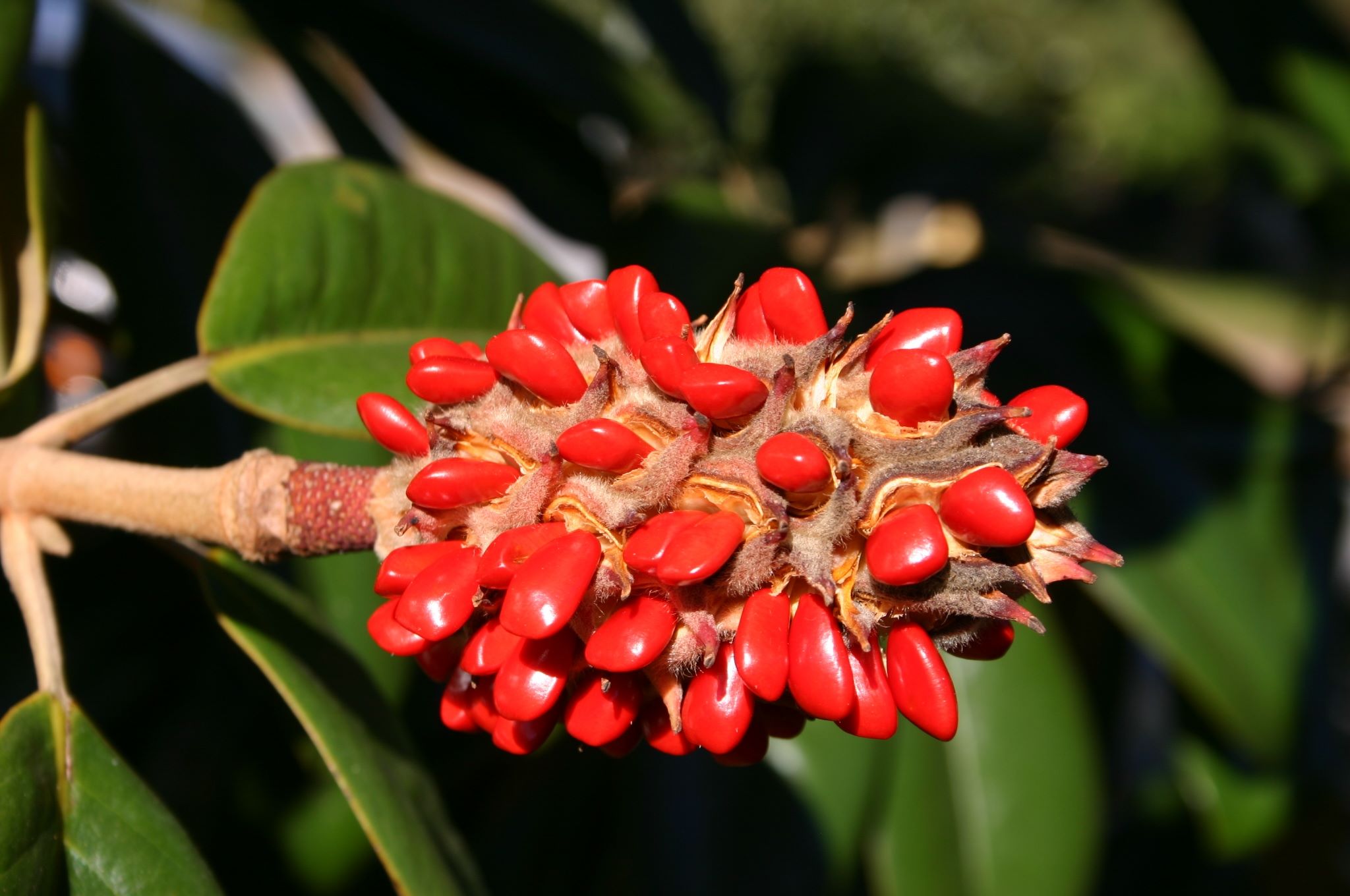
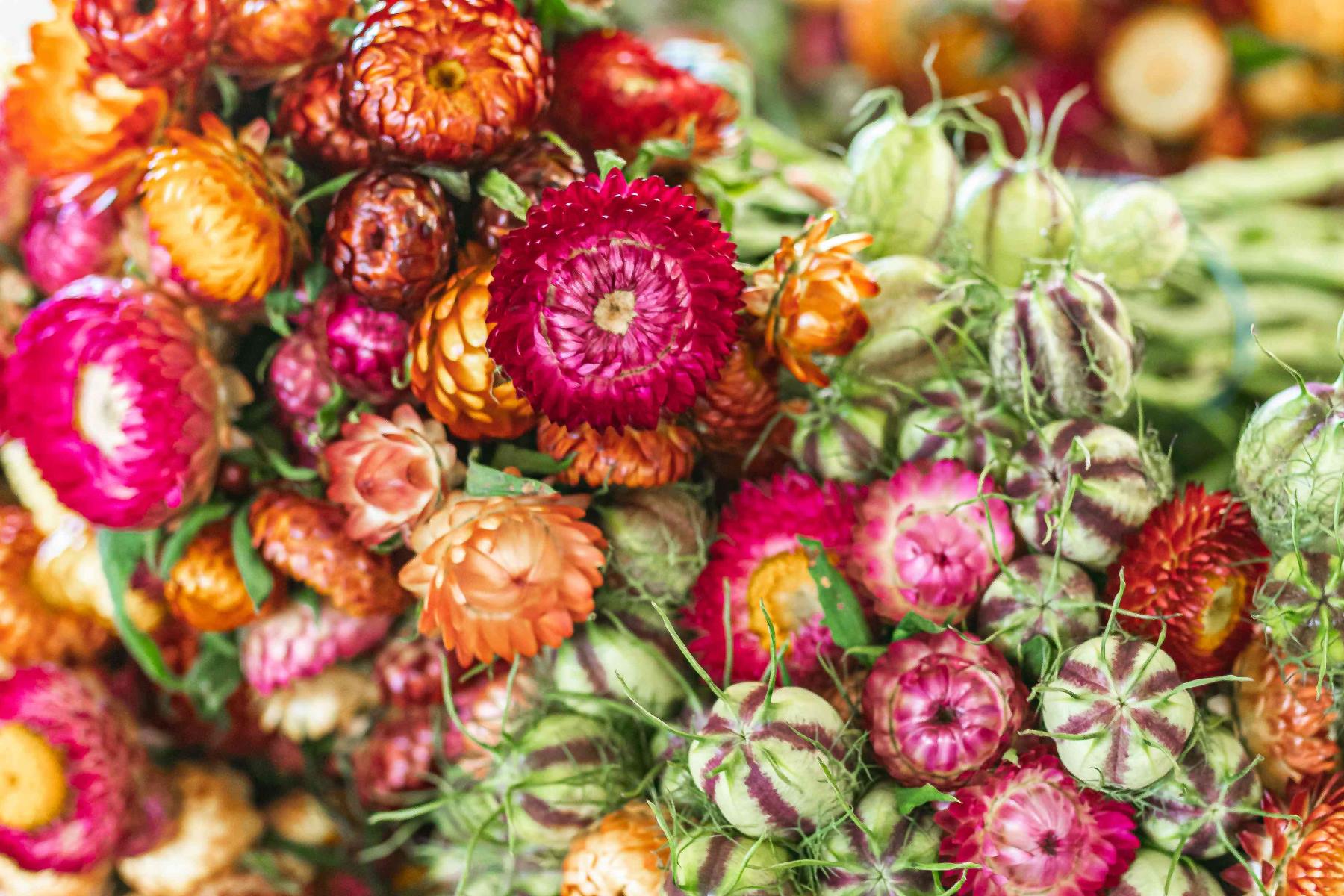
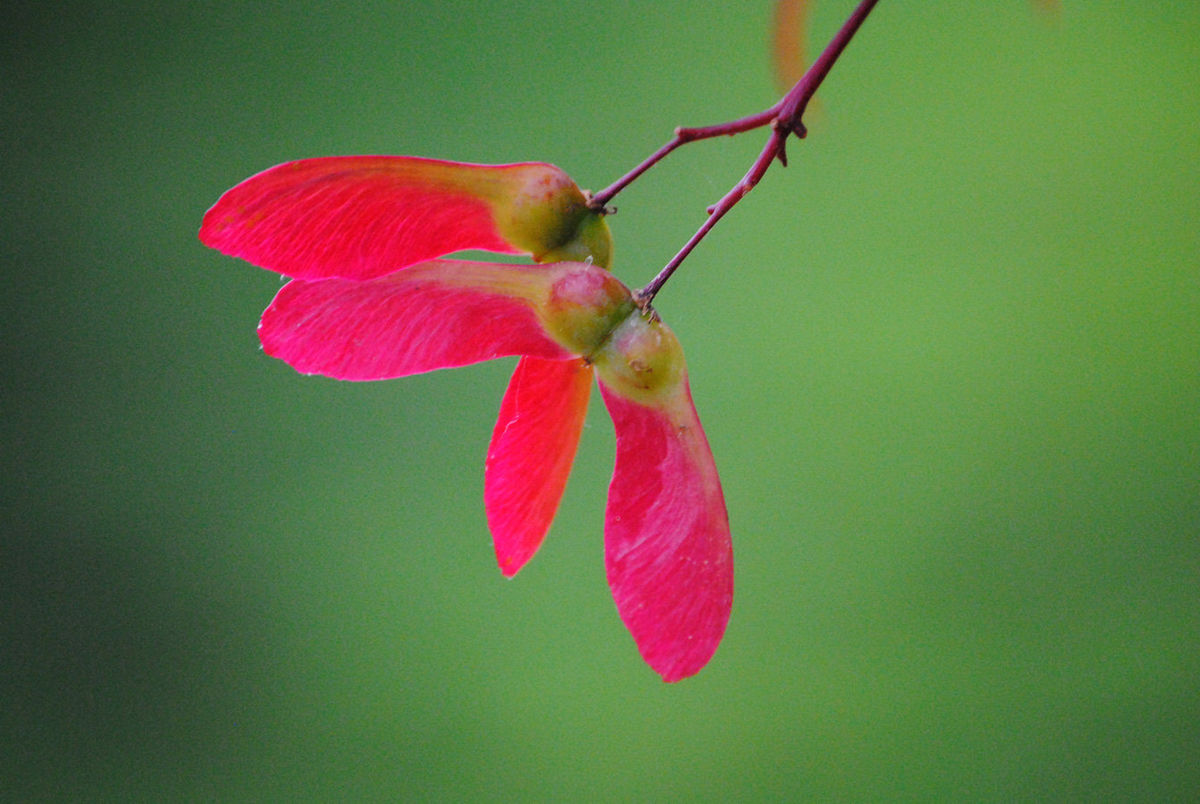
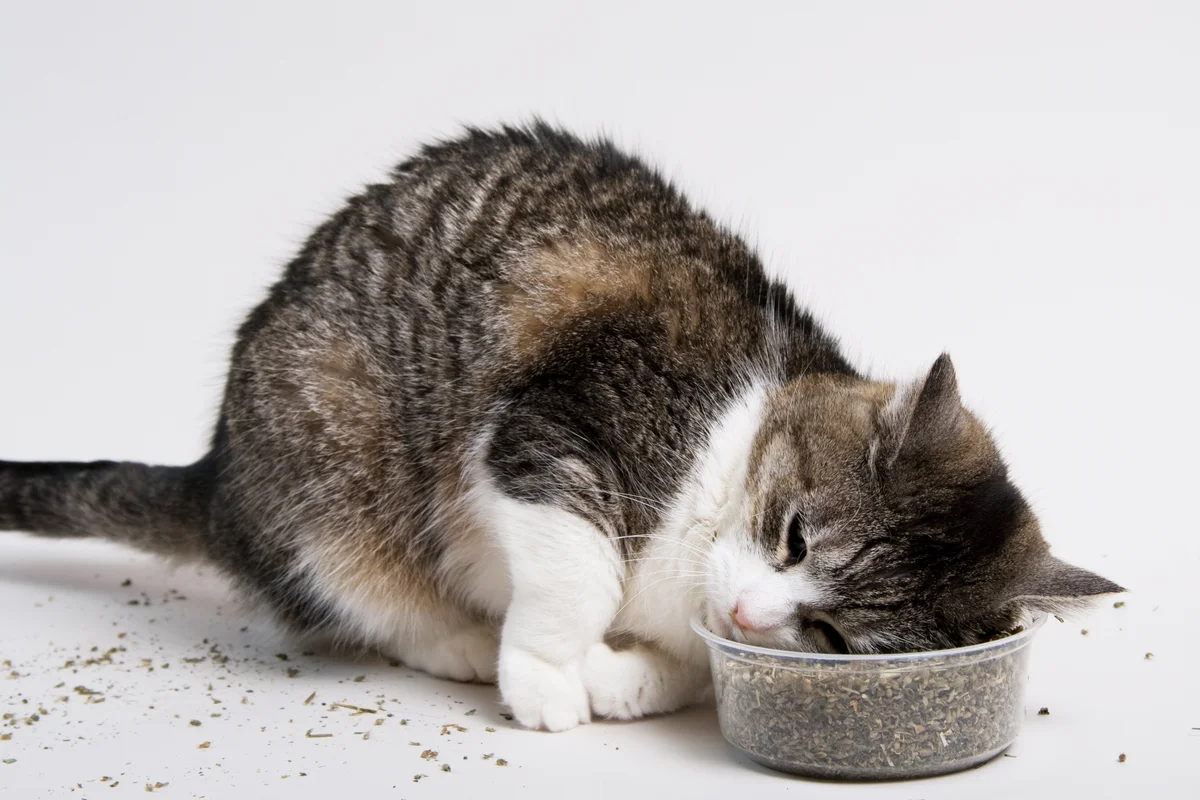
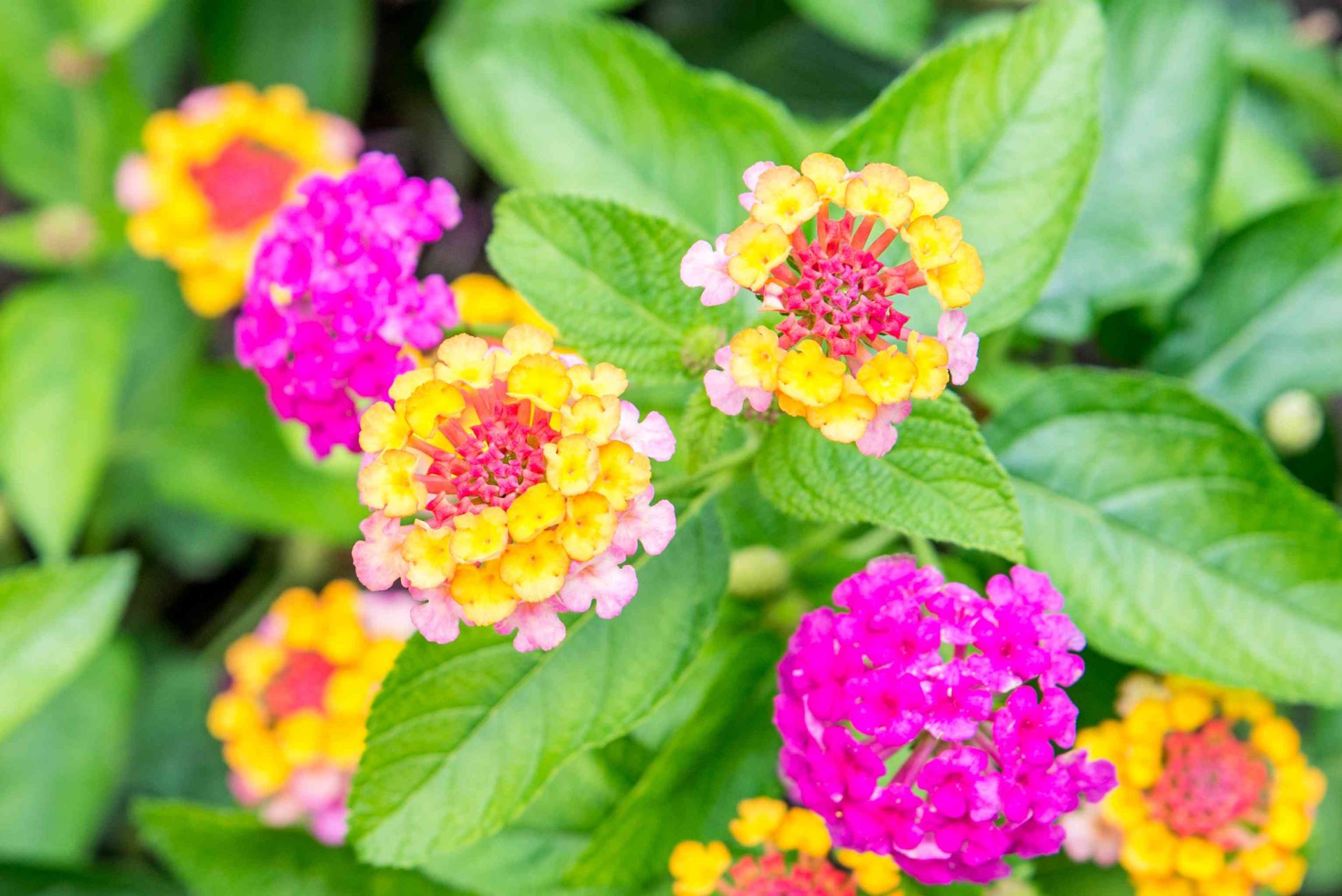
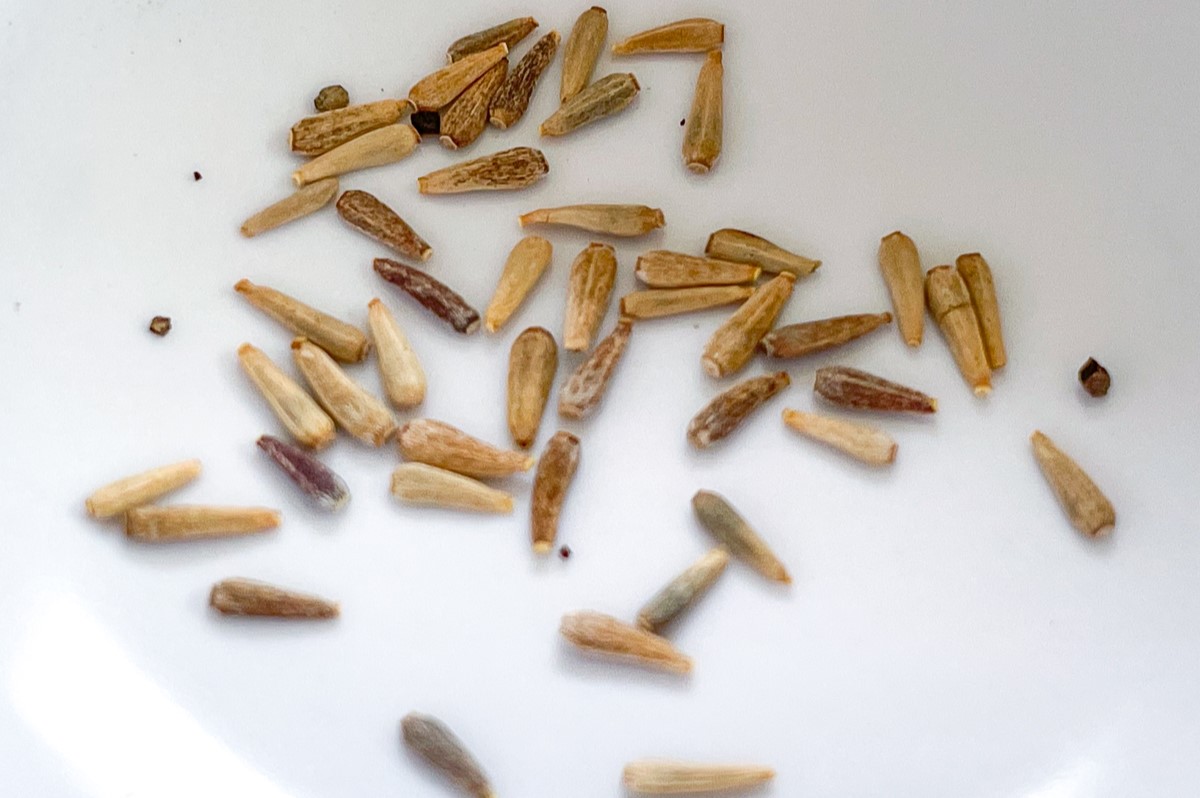
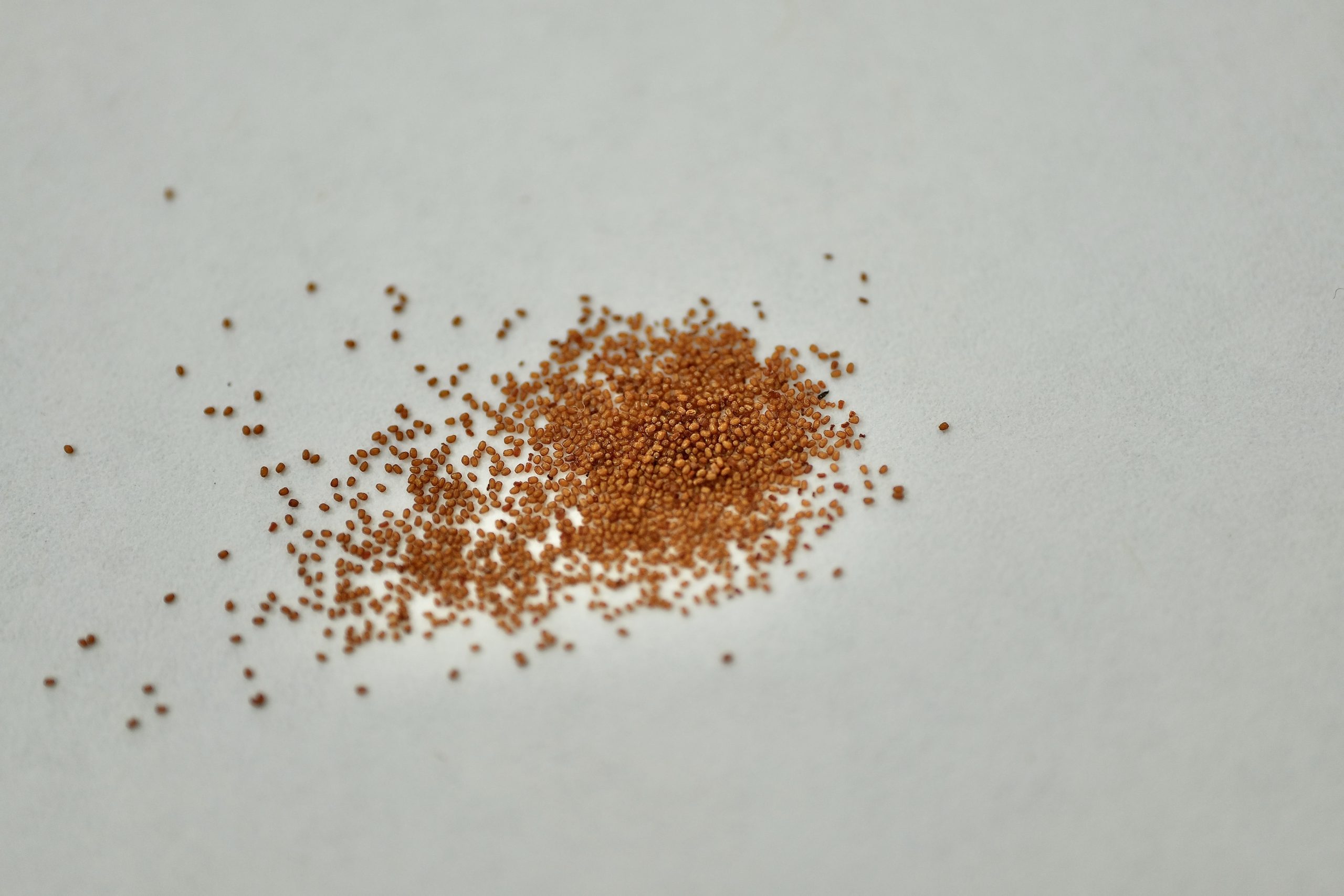
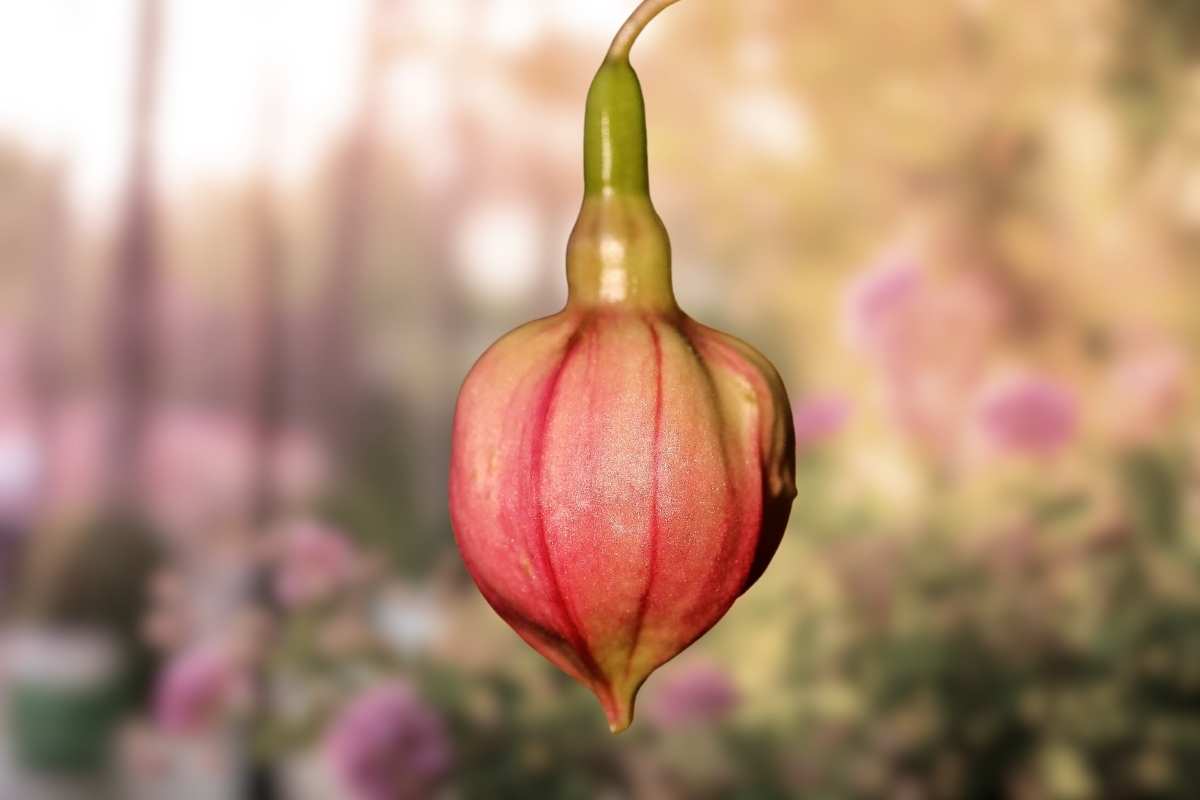
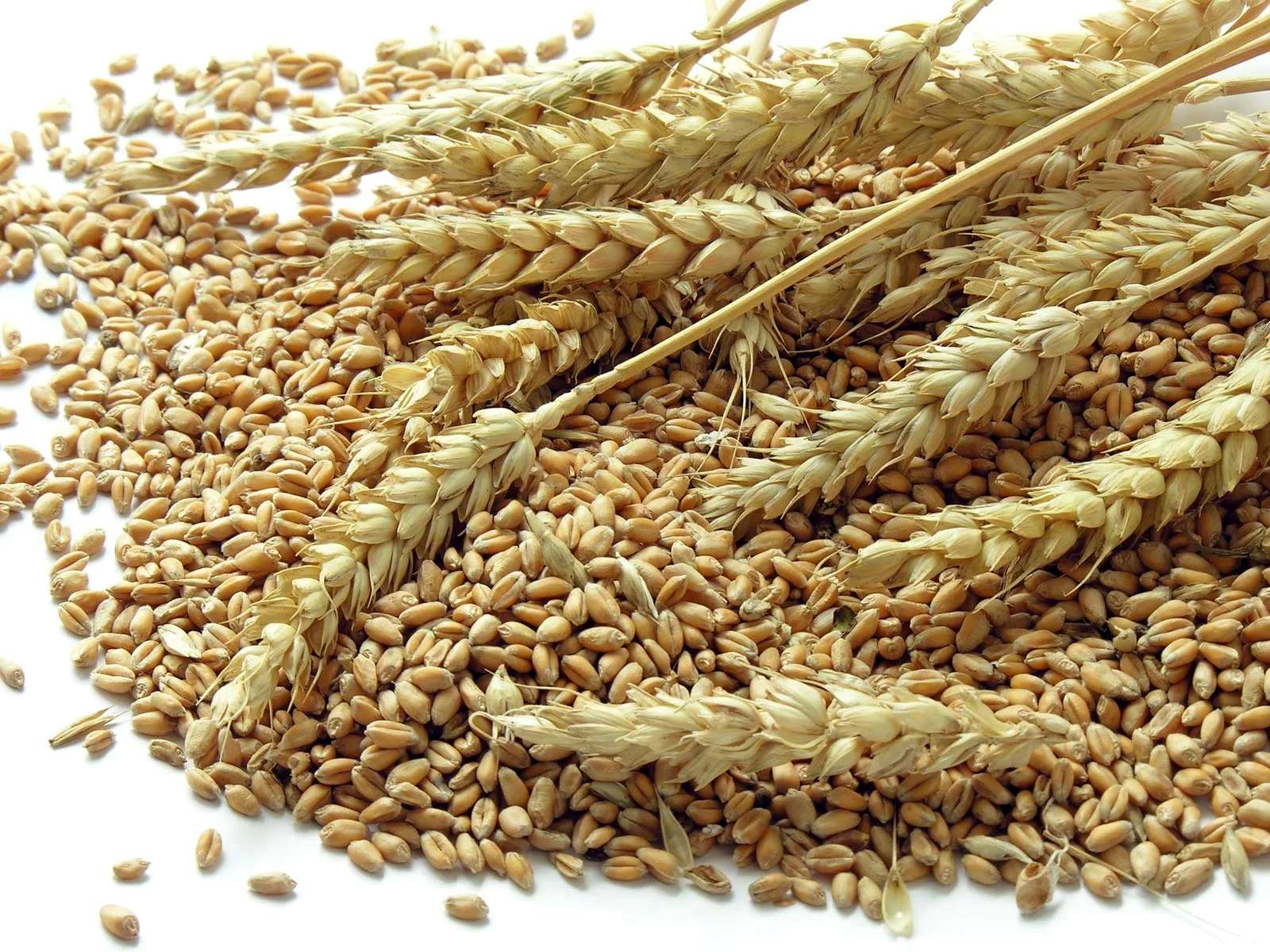

0 thoughts on “What Do Coleus Seeds Look Like”